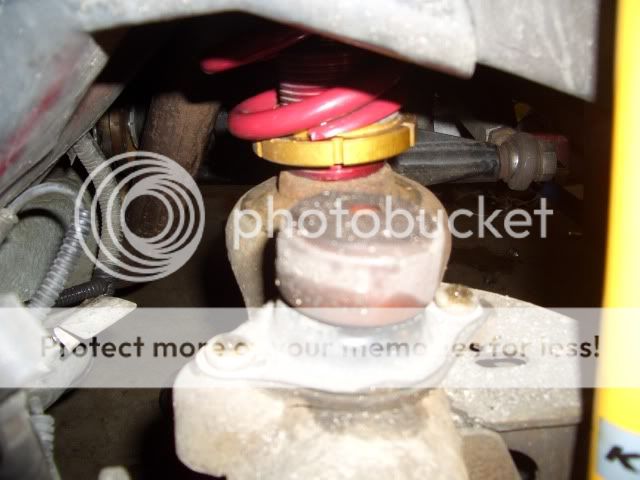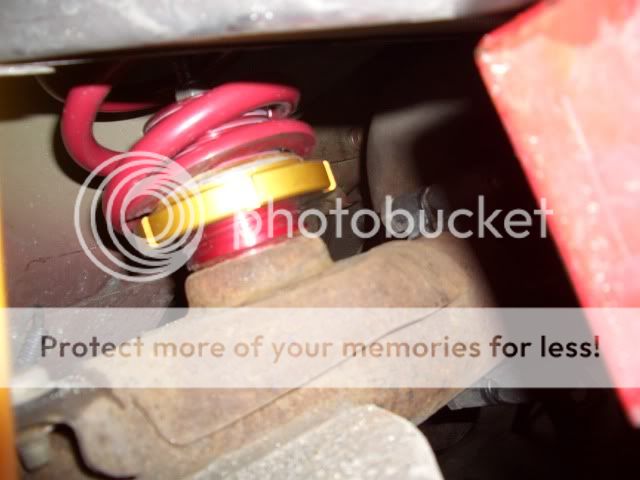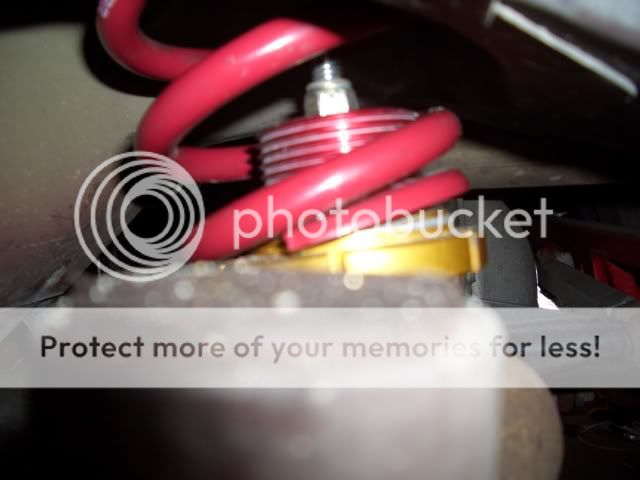Okay, it looks like we're starting to close in on the issue and the solution... If I were you, here's what I would do:
1) Temporarily remove the relocation brackets, and see if that centers your axle out (at least visually). This costs nothing, and if it changes nothing, then we have other issues. If removing the brackets puts the axle in the right spot, then you know that you'll need adjustable lowers to run the CHE brackets, and that CHE's design on the bracket was less than well thought out. The holes in the bracket should describe an arc based on the front of the rear LCA. In theory, you should be able to pin any of the holes and not change the location of the rear end. Not everybody managed to get that right... Both Steeda and BMR got that right, but I can't attest to CHE. This could be interesting!
2) If, however removing the brackets does NOT reset the axle position, then I would pull one of the lower arms and compare length to the OE piece. You should be able to set them side-by-side, and run bolts through both of them without problem. If you can't, or the CHE arm is visually longer, then that's your problem.
3) If the brackets are right, and the control arms are right, then your UCA adjustment is way off for some reason. Assuming that everything worked correctly stock, the chassis mount points are in the correct location, and absent crash damage, that couldn't have changed, so...
I have no doubt that you did it right, but I'm going to restate the pinion angle measurement procedure just to get it out in the open for anybody that may be attempting it! With the car in the air, but loaded on the rear suspension (and with the chassis sitting level! Think ramps rather than jackstands.) remove the driveshaft, and use an angle-finder to measure the angle of the transmission output shaft flange relative to the ground. Let's say, for sake of argument, that it's 2*, and points slightly towards the ground. Call that "-2*." Now, measure the pinion shaft flange the same way, and compare the two. In this case, for example, the angle is 1*, and the flange points up slightly, so we'll call that "+1*." Add the two numbers together, and THAT is your net pinion angle, in this case a net -1*. For auto cars, you want around -1 to -2*, and for sticks, between -2 and -3*. If you run poly/rod control arms, reduce the angle by one degree, (-1 to -2 for sticks), and if all rod-end, just set it at -1 and be done. What you're doing with pinion angle is pre-loading the rear suspension so that under acceleration, you wind up with a net ZERO pinion angle, and the different bushing materials will have different rates of deflection.
With a little luck we can figure this out and get you all sorted!







